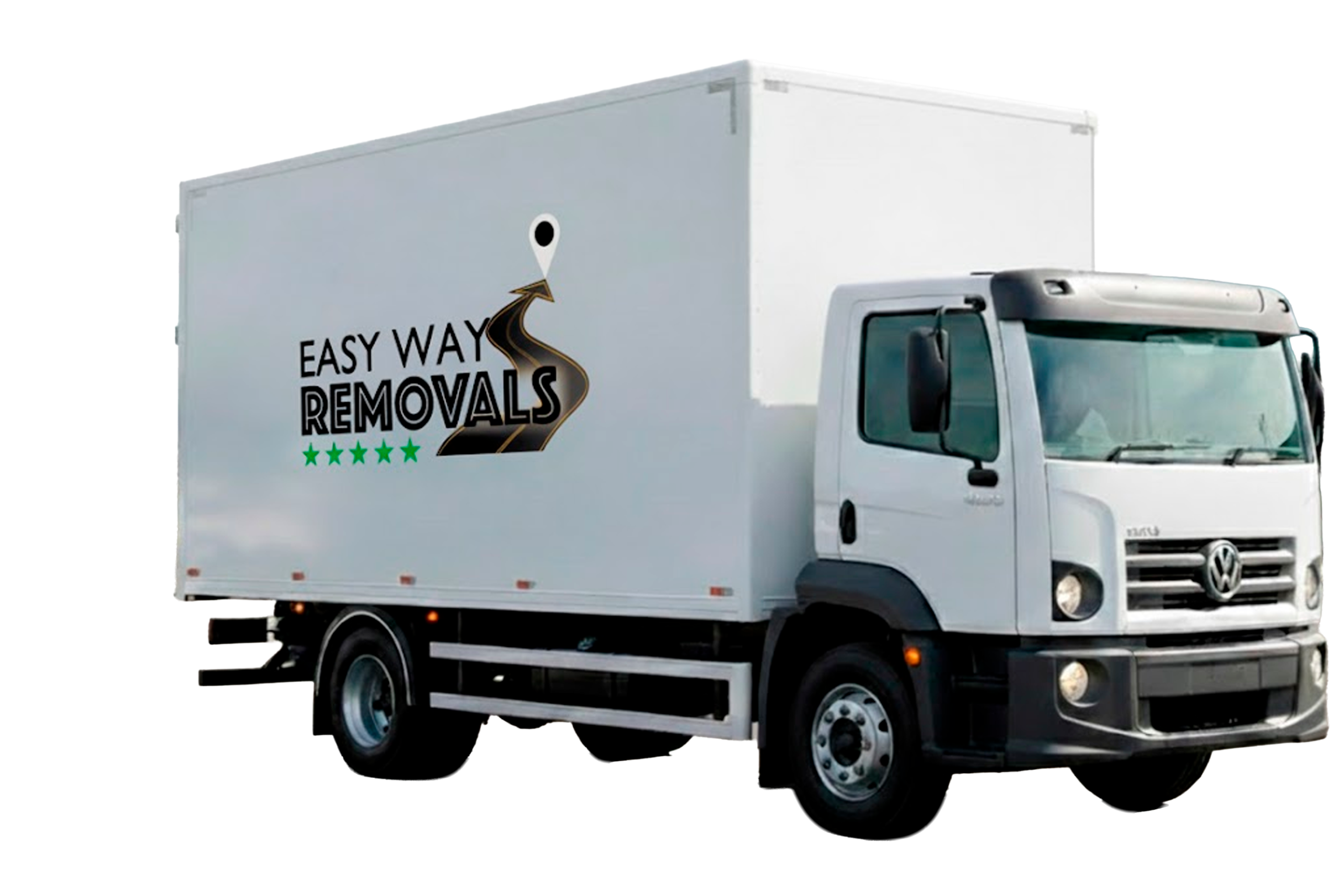
Carpet provides many advantages over other forms of flooring, such as increased comfort, noise reduction, and unparalleled warmth. It’s also a sustainable flooring option, as old carpet is recycled into railroad ties, roofing shingles, plastic vehicle parts, and soundproofing materials.
However, carpets do not last forever. Carpet has an average lifespan of 5 to 15 years, while high-quality carpet can survive longer with regular cleaning and upkeep and less foot traffic. When carpet has reached the end of its useful life, it should be removed and replaced by new flooring. Easy Way Removal prepared this carpet removal cost guide to help homeowners understand the removal procedure and the elements that can drive up the cost of carpet removal.

It is not always obvious when you need to remove your carpet. Sometimes damaged, matted, or odorous carpet only needs a thorough scrubbing with the appropriate cleaning chemical. On the other hand, you may not see any visible stains, tears, nicks, or smell anything wrong to indicate that you require new flooring, but you do.
There are warning indicators to help you make a decision.

At the most fundamental level, you may determine carpet removal cost by multiplying the amount of carpet by the labor cost. If you know the labor rate, you can estimate the cost of removing a simple square room that will take no more than an hour.
However, there are always additional considerations to consider.
Carpet removal costs vary depending on the type of carpet, including wall-to-wall carpet and pad, bonded carpet with padding underneath, cellar carpet, and stair carpet. Thicker carpets made of heavier materials, such as wool, are more expensive to remove than thinner ones.
The size of the room is also important, as larger rooms require more work, which raises prices. Asymmetrical rooms with unusual shapes may result in greater removal expenses due to increased complexity and manpower requirements.
Because each carpeted space is unique in shape, removing the carpet will require varying amounts of time, work, and attention, which might affect the cost. For example, replacing carpet on stairs is very expensive due to the difficulty of working in a limited space and around the spindles. Additionally, removing carpet off stairs might be difficult if staples are present. Some professionals charge between $2 and $20 per stair for carpet removal. Bedrooms and basements are often rectangle-shaped, thus carpet removal costs $0.50 to $1.50 per square foot for stapled-in carpet.
The condition of the carpet plays a significant role in determining removal costs. Heavily soiled or damaged carpets may require more intensive labor and disposal efforts, potentially increasing removal costs.
Removal of glued-down carpets often involves additional effort and time, impacting overall costs.

Carpet removal costs $1 to $1.50 per square foot on average, including labor, cleanup, and carpet disposal. Total carpet removal in a normal 12-by-12-foot room takes around three hours, including extracting tack strips and staples, and costs between $140 and $220, with an average of $180.
If your carpet removal professional charges an hourly rate rather than per square foot, expect to pay around $60 per hour. Some carpet removal firms may charge an additional fee if they have to transport bulky furniture, ranging from $0.20 to $0.25 per square foot of furniture beyond the regular carpet removal cost. You can save money by moving your stuff yourself.
As with any significant developing or renovation project, the ultimate cost is determined by the unforeseen costs that arise along the way, rather than the major line items.
Garbage processing facilities charge disposal costs that vary based on the type of garbage. Concrete, for example, will require a different disposal method than carpet.
Have the contractor check with your local trash management center about carpet disposal fees and add them into your cost estimate.
A carpet removal service cannot simply show up at your home or apartment and start working. They remove the furniture, protect valuables, and so on.
Depending on the situation, the staff may need to remove door frames, baseboards, and so on. This job requires extensive preparation, which increases the cost.
Removing carpets may uncover hidden damage to subfloors or other surfaces. Costs for restoring damaged subfloors or dealing with unexpected concerns should be considered. Consulting with specialists can help you precisely estimate repair expenses.
There are two basic methods for attaching carpet to the floor: glue or staples, and tack strips.
Staples and tack strips are far easier to remove. Glue-adhered carpets are not always more difficult to remove; they are simply more time consuming. Some contractors charge a higher hourly rate for glued-down carpets than stapled ones.
Scraping, softening, chemical removal, and sanding the adhesive all require time, resulting in increased labor hours. It increases the cost of the removal.

A carpet removal firm charges approximately $1 to $1.50 per square foot, which includes labor, waste collection, and cleanup. DIY labor allows you to work on your own schedule and just incurs the cost of carpet disposal—unless you need to acquire basic instruments like pliers or vise grips, a hammer, and a pry bar, which cost $5 to $10 each.
The disadvantage of DIY carpet removal is that it is time-consuming and strenuous, and you need a large vehicle to transport the garbage. We recommend contacting a flooring contractor if you have never removed carpet before.

Understanding the costs involved in commercial carpet removal is crucial for planning renovations effectively. At Easy Way Removal in the UK, we specialize in seamless carpet removal services tailored to your business needs. Whether you’re refreshing your space or undergoing a full renovation, our experienced team ensures efficient, hassle-free service. Contact Easy Way Removal today for a consultation and quote. Let us help you transform your commercial space with professional carpet removal services that prioritize quality and convenience.




